11 buildings

One Day in Paris
To save you from spending a day in the subway, we have put together an eclectic sample of churches that can be visited in 1 day on foot!
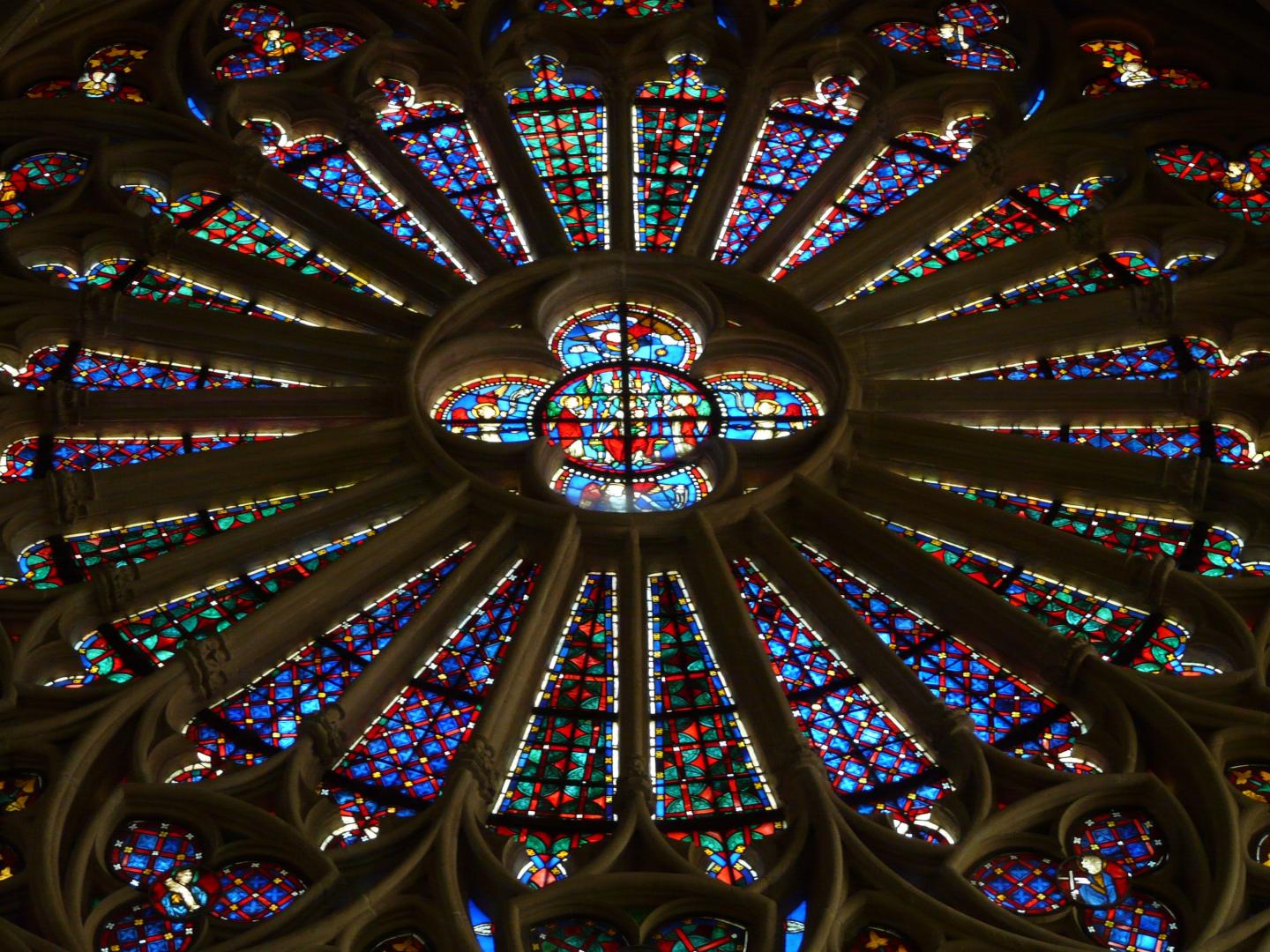
Europe is a diverse and inspiring continent, full of fascinating details, places, people and events. Our religious heritage is not only a window into this past, but also provides enjoyment and inspiration for its architecture, its beauty and its splendour. These lists show some of the ways that Europe's religious heritage can be enjoyed today.
11 buildings

To save you from spending a day in the subway, we have put together an eclectic sample of churches that can be visited in 1 day on foot!
15 buildings

Even in their state of decay, these religious buildings have lost none of their splendour, they have even inspired painters and poets, and still today teach us a lesson about the passage of time.
7 buildings
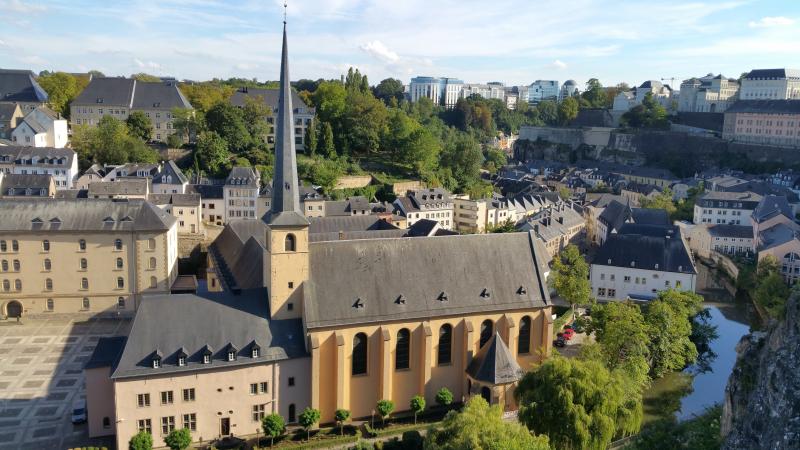
In order to pay tribute to the heritage of this small state, we looked at the places of worship in its capital, which testifies to the city's cultural diversity.
6 buildings
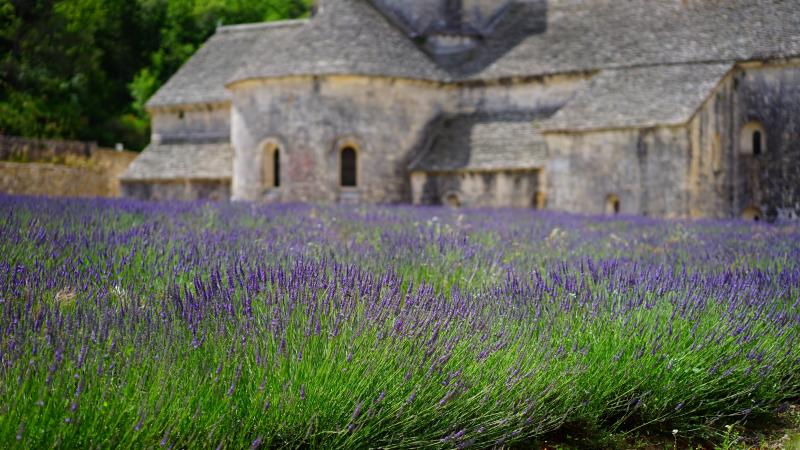
In order to ensure financial independence, some French monasteries have dusted off old recipes and resumed the art of distillation. These monasteries, often located in wilderness areas, produce herbal liqueurs, some of which have acquired an international reputation.
8 buildings

More than a thousand years ago, pilgrims walked from England to Rome. After the Eternal City, the route continued for them to Jerusalem through the port of Brindisi, along the ancient Via Appia. Now you can follow in their footsteps by cycling EuroVelo 5, the 3,200 km version of this legendary route. Here are some must-see stops on the Via Romea Francigena to discover religious heritage sites.
5 buildings
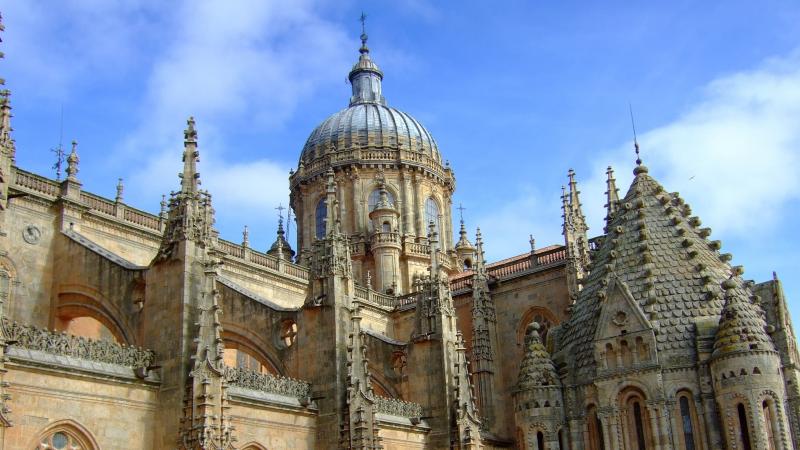
In Europe, most cathedrals are reconstructions of older cathedrals which were rendered obsolete by their size, condition or style. There are, however, cases where the inhabitants of a city did not want to destroy their old cathedral, and it remains alongside its newer version. Here are five examples of cities where old and new cathedrals coexist.
8 buildings
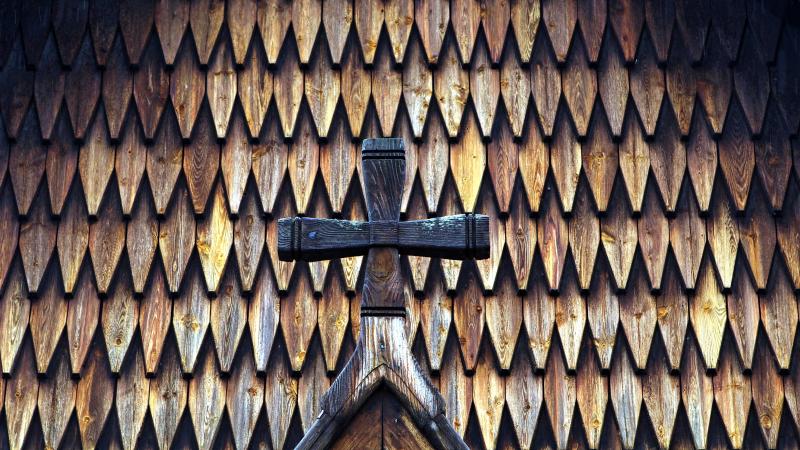
Stave churches are among Norway's most recognisable and distinctive heritage sites. While they are very often copies of earlier churches, they nevertheless allow us to realise the importance of wood in medieval sacred architecture, a rare testimony on a European scale.
8 buildings
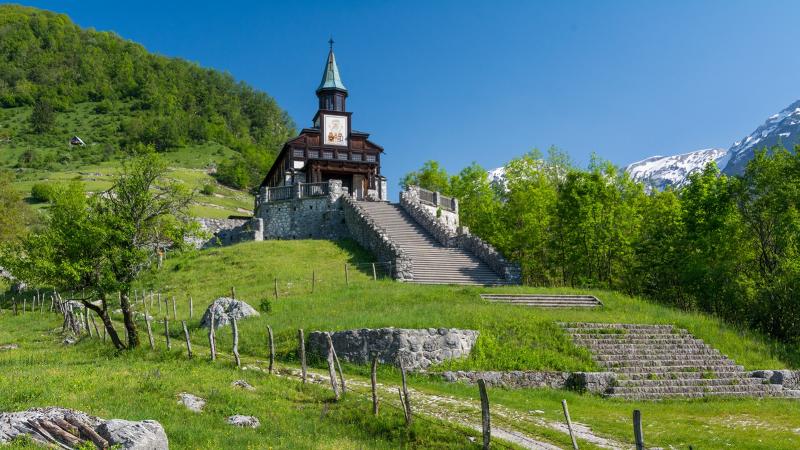
Very few buildings, only 38 in total, bear the European Heritage Label. This label was created by the European Commission in 2007 to celebrate places of remembrance, witnesses of European history and heritage. The following places are or include places of worship, underlining their importance in European heritage.
10 buildings
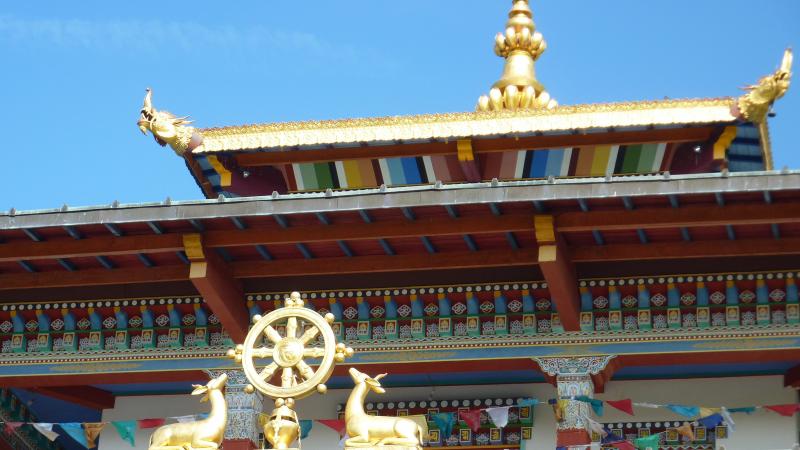
The Buddhist heritage is the youngest form of religious heritage in Europe, appearing only in the 20th century. These places have the particularity of being very versatile. They often combine the function of a temple with the status of a cultural institute, which makes it possible to understand their religious function within the societies from which they originate.
6 buildings
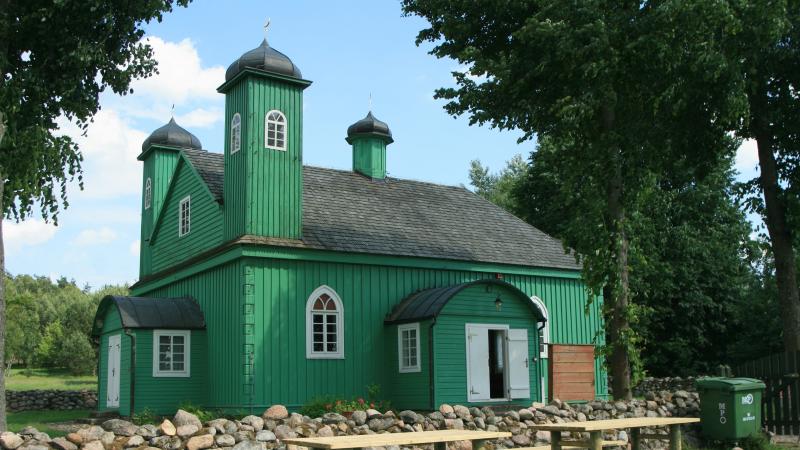
The Tatars are a Turkish people who, after the collapse of the Mongol empire (1206-1368), formed a number of khanates in its western part, which is part of present-day Russia and Ukraine. The Tatars converted to Islam as early as the 14th century and built beautiful mosques that can still be found in north-eastern Europe, which is still home to a Tatar minority.